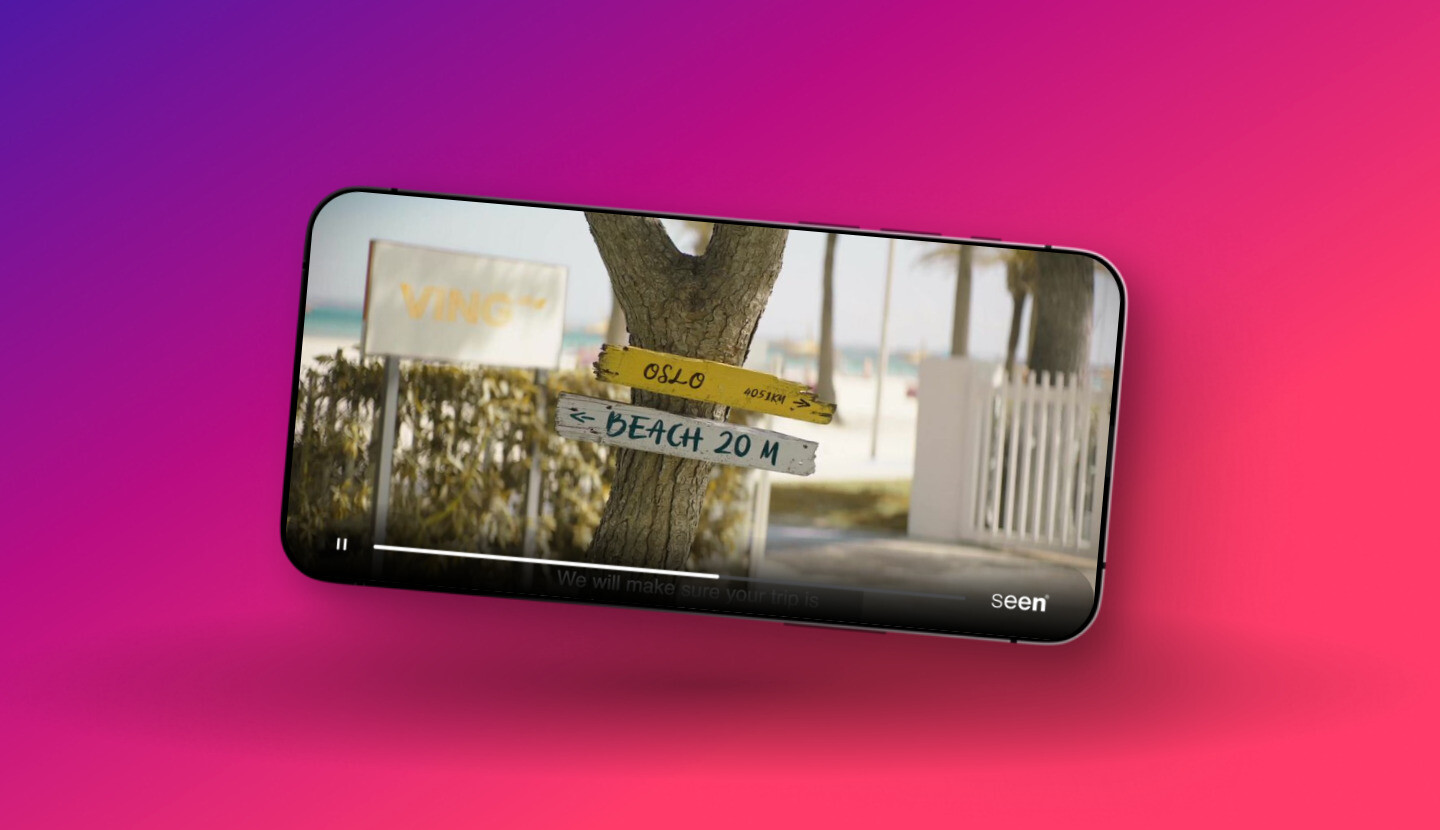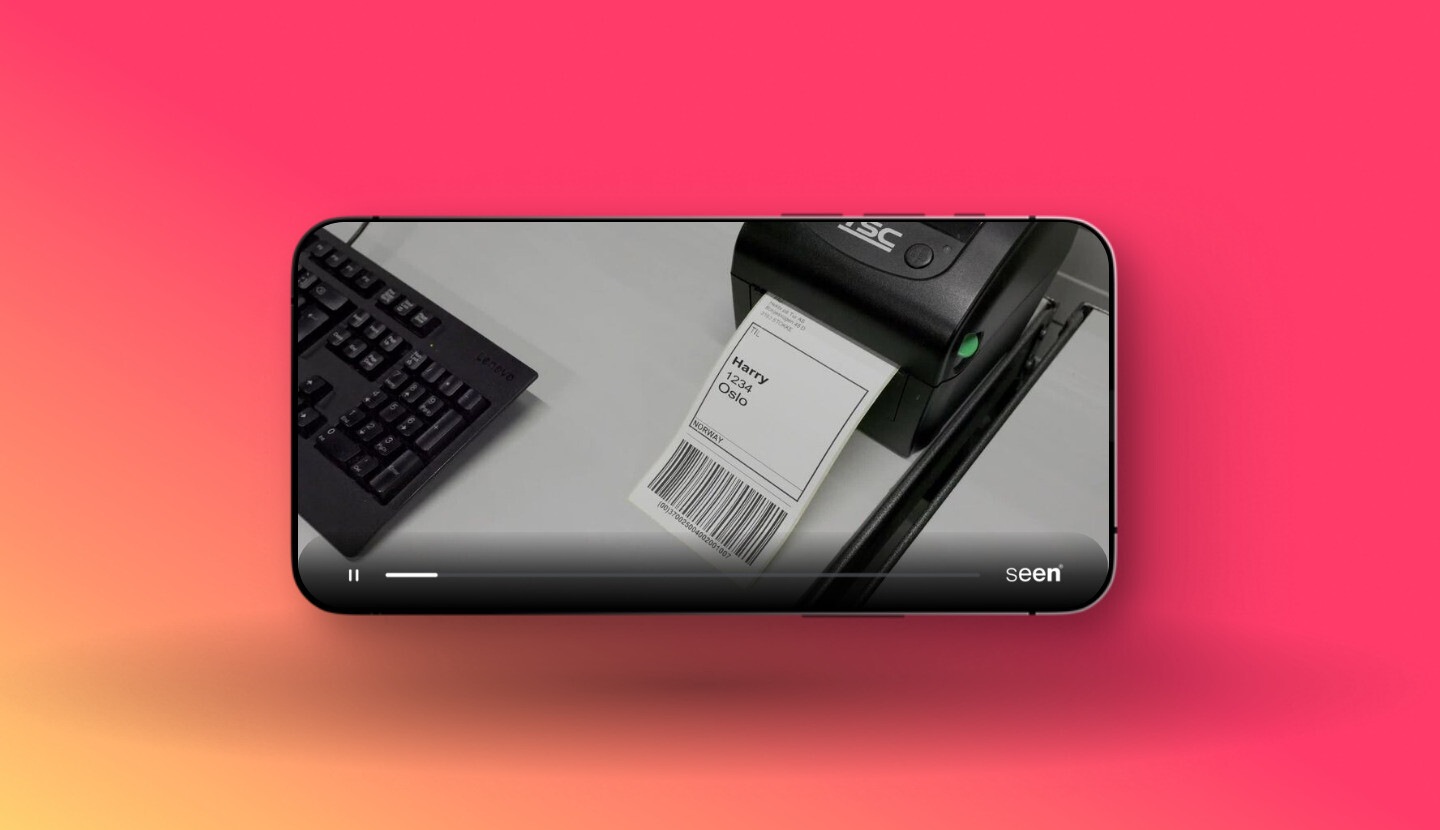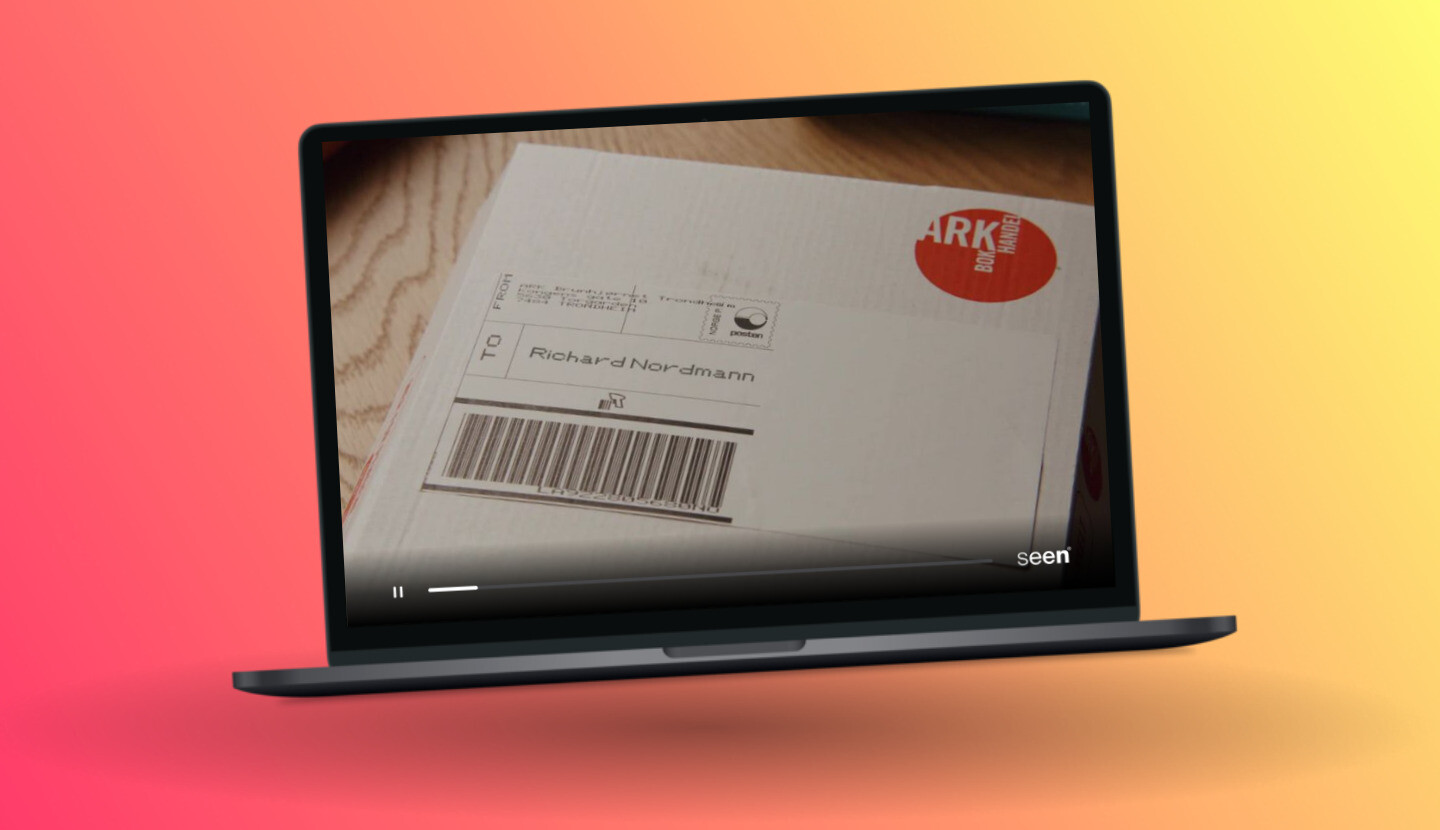Why Your Video A/B Testing Isn't Working (And How to Fix It)
Unlock the secrets to effective A/B testing for your video content and elevate your marketing strategy.

article summarized in < 240 characters
Learn to refine A/B testing for video: Craft clear hypotheses, segment audiences accurately, time tests right, analyze data deeply, and iterate for success.
Understanding A/B Testing Roadblocks
A/B testing is crucial for nailing your video content strategy. It's the difference between a campaign that flops and one that flies. But if you've run A/B tests before, you know it's not always smooth sailing. Sometimes, no matter how much effort you put in, you end up with a bunch of data that doesn't make sense or, worse, sends you down the wrong path.
Digital marketers get it. You're looking for that clear sign of what works and what doesn't, but instead, you get murky waters. This frustration stems from several potential roadblocks:
- Insufficient sample size can leave you guessing, not concluding.
- Unclear testing goals can lead to a wild goose chase.
- Lack of proper segmentation might mean you’re shouting into the void.
These issues can throw a wrench in your testing machine. You need enough people to see your videos to make sense of the results. Your goals should be as sharp as a tack - know exactly what you're testing and why. And remember, not all viewers are created equal; tailor your content to the right crowd. Let's dive in and get your A/B testing back on track.
Segmenting Your Audience Effectively
Effective A/B testing hinges on understanding who's watching your videos. If your audience isn't segmented properly, you're essentially comparing apples to oranges, and that won't give you the actionable insights you need. Proper segmentation means you're speaking directly to a specific group's interests and behaviors, leading to more reliable test results and ultimately, better video engagement.
Here's why segmentation is non-negotiable in video A/B testing:
- Skewed Data: Without segmentation, your data may lead you astray. Imagine showing the same video to teenagers and retirees – their responses will vary wildly, making your data less meaningful.
- Targeted Testing: By segmenting your audience, you can tailor your videos to match viewer preferences, increasing the likelihood of a positive response.
- Better Insights: Segmented A/B testing can reveal which video elements resonate with which audience segments, allowing for more nuanced marketing strategies.
To segment effectively, you need to:
- Identify Behavior Patterns: Look at how different users interact with your content. What do they watch? When do they tune out?
- Leverage CRM Data: Use data from your CRM to create detailed audience profiles. This can be a goldmine for segmentation, helping you tailor content to specific groups. Learn how to utilize CRM data for effective video personalization by exploring what personalized video is and its benefits.
- Set Segmentation Criteria: Determine what factors matter most for your campaign. This could be age, location, past purchases, or even the time of day they watch.
- Refine Over Time: Segmentation isn't set in stone. It's a dynamic process that should evolve as you learn more about your audience.
A/B testing without segmentation is like shooting in the dark – you might hit something, but it's not likely to be your target. Segment your audience, and suddenly, you're hitting the bullseye because your content speaks their language. It's all about delivering relevance at scale, and that's where SEEN's data-driven video platform shines. By slicing your audience data finely, you can create video content that feels like it's made just for them. And when viewers feel seen, they engage – it's that simple.
{request-a-video}
Timing and Duration of Tests
Getting the timing and duration right in A/B testing is like baking a perfect loaf of bread. You can't rush it, and you can't wait too long. Rush and your data won't rise to the occasion, wait too long and your results could go stale. Here's where things might be going awry with your video A/B tests:
- Short-Lived Tests: If your test runs for a brief period, you're getting just a snapshot of user behavior. This can skew your results, especially if you miss out on capturing the full range of audience interactions.
- Ignoring External Factors: Did you run a test during a major event or a holiday season? External factors can influence user behavior, leading you to draw conclusions that don't hold up in everyday conditions.
- Inconsistent Timing: Launching tests at random intervals? You might be comparing apples to oranges. Consistency in timing helps to ensure that each variant is exposed to similar conditions.
Now, let's fix these issues:
- Set a Standard Duration: Most A/B tests need at least two weeks to gather enough data, but don't set it in stone. The goal is to capture enough data to account for variability in user behavior.
- Account for Seasonality: Plan your testing schedule around known events and holidays. This way, you're testing the waters when they're calm, not when they're distorted by external factors.
- Monitor Real-time Data: Keep an eye on the data as it comes in. If you see patterns forming early, you might be onto something. But remember, patience pays off. Don't jump the gun.
- Be Consistent: Run tests during similar time frames to maintain consistency. This helps in making apples-to-apples comparisons.
By fine-tuning the timing and duration of your tests, you'll collect data that's ripe with insights, helping you make decisions that can transform your video content strategy from guesswork to precision. If you wish to reach out for further assistance or have questions about our personalized video marketing solutions, please don't hesitate to contact SEEN directly.
Analyzing Results with Precision
Getting A/B testing right is more than just running the test; it's about analyzing the results with an eye for detail. Here's where many digital marketers stumble. They look at the data, but they don't really see it. You need to dig deep, past the open rates and click-throughs, to understand the why behind the numbers.
- Insights Beyond Views: Don't just rely on views and likes. Delve into deeper metrics such as viewer retention rates, click-through rates, and the number of comments. These figures can provide a more comprehensive understanding of how your content resonates with your audience. Remember, engagement is key, especially with a younger demographic that values authenticity and interaction.
- Questioning Assumptions in Data Analysis: Watch out for confirmation bias. It's human nature to seek out information that confirms our beliefs, so it's easy to find what you're looking for and miss what you're not. Challenge your assumptions at every turn.
- Beyond Surface Metrics: Don't just stop at the likes and shares. How are viewers interacting with your content? What's the average watch time? Are they taking the desired action after watching? With the understanding that younger generations prefer personalized digital content, measuring engagement becomes even more important.
Advanced analytics can uncover these deeper insights. Look at heat maps, drop-off rates, and engagement graphs. Use these tools to paint a fuller picture of your viewer's journey. What's grabbing their attention? What's making them bounce?
- Engagement Analysis: Examine the patterns in how viewers engage with your videos. Where do they pause? Rewind? Re-watch? This can tell you what's working and what's not.
- Conversion Pathways: Trace the pathways viewers take after watching your video. Are they moving smoothly through your funnel, or are there roadblocks you're not seeing?
Remember, data doesn't lie, but it doesn't tell the whole truth either. It's your job to interpret the story it's telling. By honing in on the details and reading between the lines, you can turn a mediocre A/B test into a goldmine of insights. That's how you fix your video A/B testing and make every view count.
Iterating on Your Findings
You've run your video A/B tests and gathered the data. Now what? To drive your video content from good to great, you need to iterate based on your findings. It's a cycle of continuous improvement. Take the insights, tweak your approach, and test again. Here's how to turn A/B test outcomes into better video content.
- Analyze Viewer Behavior: Look at how different video elements influence viewer actions. Do they watch longer when the video is personalized? Use this data to guide your content updates.
- Refine Your Content: If a particular call-to-action boosted engagement, integrate it into your main strategy. It's about evolving your content based on solid evidence.
- Test New Ideas: Keep experimenting with different aspects of your videos. Test different storylines, pacing, or even color schemes. Small changes can make a big impact.
- Focus on Personalization: Personalized content has power. Use viewer data to create video content that speaks directly to individual preferences and behaviors.
- Leverage Technology: Platforms like SEEN automate personalization, making it easier to test varied content at scale and understand what truly engages your audience.
Remember, A/B testing is not a one-and-done deal. It's about fine-tuning your video marketing efforts over time. Each test is a step towards more compelling and viewer-specific video content. Keep iterating, and you'll keep improving.
Recap and Moving Forward with A/B Testing
A/B testing is a powerful tool in the video marketer's arsenal, but common pitfalls can undermine its effectiveness. Remember, clarity in your hypotheses, precise audience segmentation, strategic timing, meticulous analysis, and ongoing iteration are the pillars of successful A/B tests.
Key takeaways to improve A/B testing in your video marketing:
- Clarity: Define crystal-clear hypotheses. Vague objectives lead to murky results.
- Segmentation: Know your audience. Tailored content to specific segments improves relevance and insights.
- Timing: Time your tests right. Too short, and you miss patterns; too long, and data may expire.
- Analysis: Go deep. Surface metrics don't tell the full story. Look for the 'why' behind viewer behavior.
- Iteration: Learn and adapt. Use insights from each test to refine and enhance your video content.
A/B testing isn't a shot in the dark; it's a strategic, data-driven process. By refining your approach based on the principles above, you can avoid common traps and unlock the full potential of your video content. Apply these insights, and you'll not only meet but exceed your video engagement goals.
{request-a-video}
January 23, 2024







